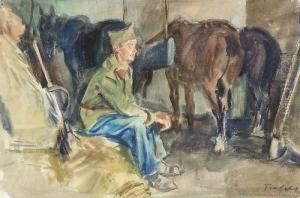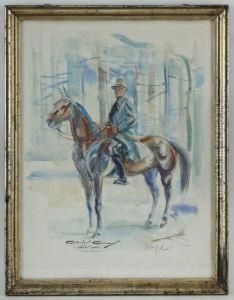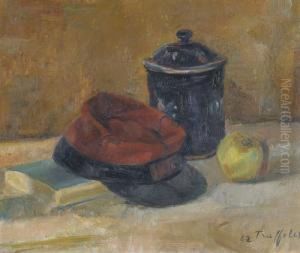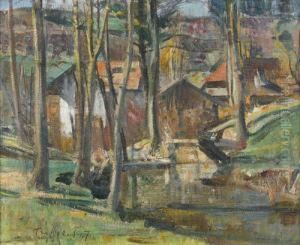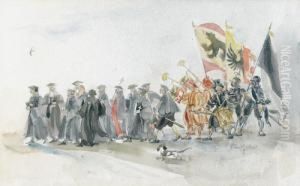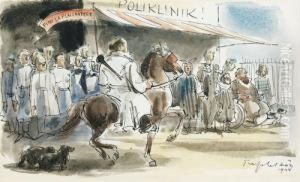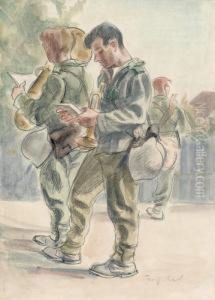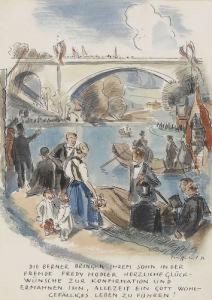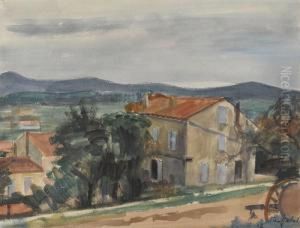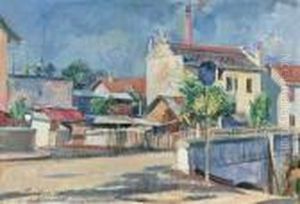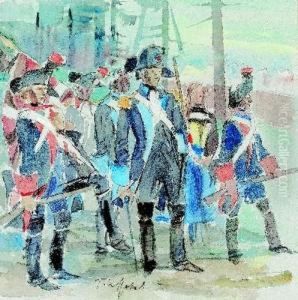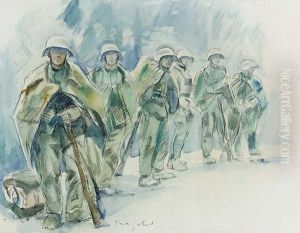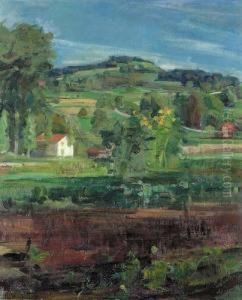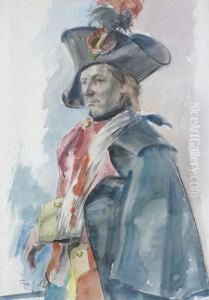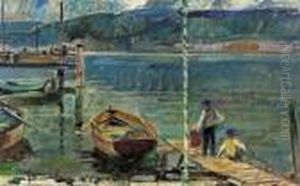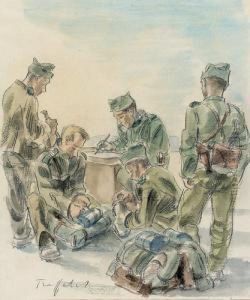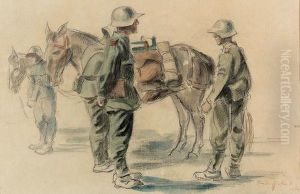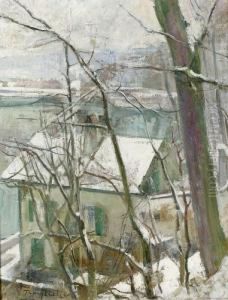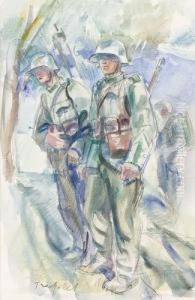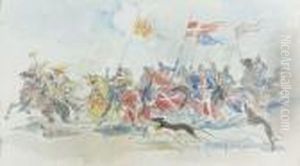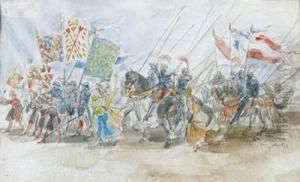Friedrich Eduard Traffelet Paintings
Friedrich Eduard Traffelet was a Swiss painter and graphic artist known for his landscapes, cityscapes, and depictions of rural life. Born on April 14, 1897, in Bern, Switzerland, Traffelet developed an interest in art at a young age. He pursued his passion for painting and drawing despite the challenges and disruptions caused by the First World War.
Traffelet received his formal art education at the School of Applied Arts in Bern and later continued his studies in Geneva. His early work was influenced by Swiss traditions and the local environment, which is evident in his detailed and realistic portrayals of the Swiss countryside and the activities of its inhabitants. Throughout the 1920s and 1930s, his artistic style evolved, exhibiting a strong sense of composition and a keen eye for capturing the nuances of natural light.
During the Second World War, Traffelet's work took on a more dramatic tone, reflecting the tumultuous period. Despite the hardships of the era, he continued to produce art, with a focus on Swiss landscapes and scenes that offered a sense of tranquility and stability amidst the chaos of war. His paintings from this period are characterized by a more expressive use of color and brushwork, while still maintaining a realistic approach to his subjects.
After the war, Traffelet's reputation grew, and he became one of the most celebrated Swiss artists of his time. His depictions of Switzerland's cities, mountains, and rural life resonated with both national and international audiences. Traffelet's art serves as a historical record of the Swiss landscape and cultural heritage during a period of significant change.
Friedrich Eduard Traffelet passed away on July 15, 1954, in Bern. His legacy is preserved through his artworks, which continue to be exhibited in museums and galleries in Switzerland and beyond. His contributions to Swiss art are recognized for their technical skill, emotional depth, and the artist's dedication to capturing the essence of his homeland.
